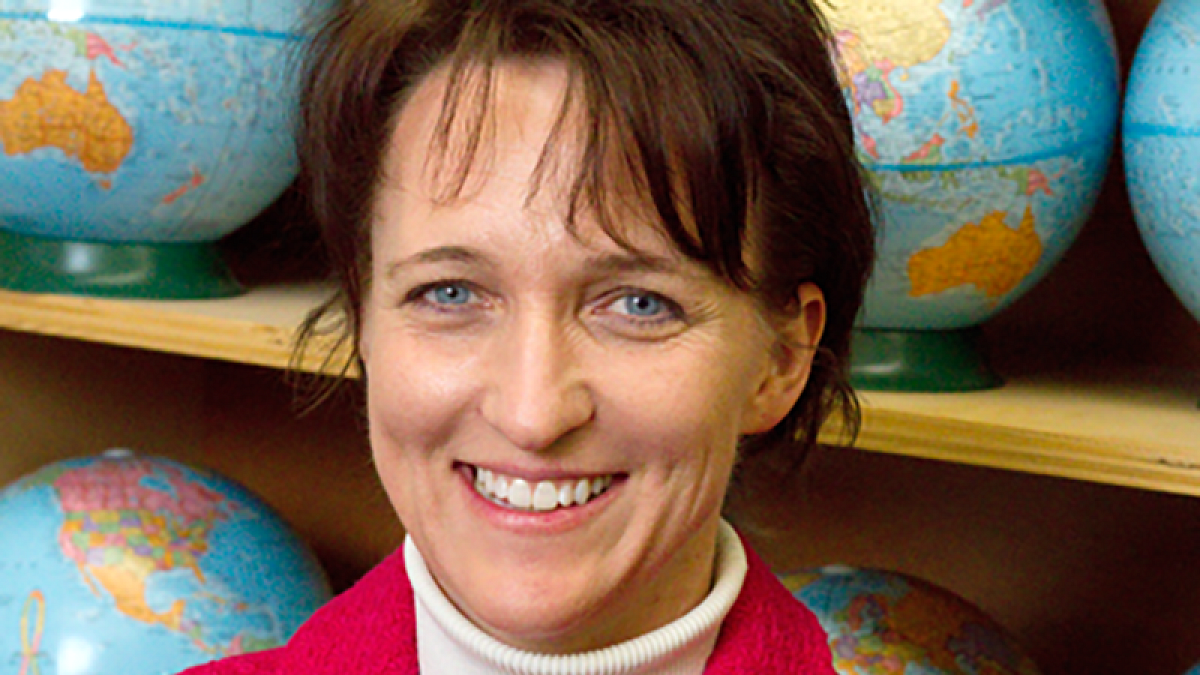For most people, reading a map entails using just one sense: sight. For the visually impaired, touch is the preferred tool, but building a map designed to be read with fingertips can be challenging.
Amy Lobben, head of the Department of Geography at the UO, talked about what it takes to make these kinds of maps in a recent interview with National Geographic. Lobben explained that the maps must be less information-dense for optimal understanding.
“The best analogy for a sighted person is to imagine looking through a soda straw and moving it around the map and trying to figure out the layout of that map,” Lobben said. “You have to use so much more memory than if you were just looking at it with your eyes.”
For the full article, see "These Maps Literally Put the Alps at Your Fingertips" in National Geographic.
Lobben is an Oregon Expert on geographic information science, human-environmental interaction, spatial decision making, neurogeograhpy, geospatial cognition and thinking.


